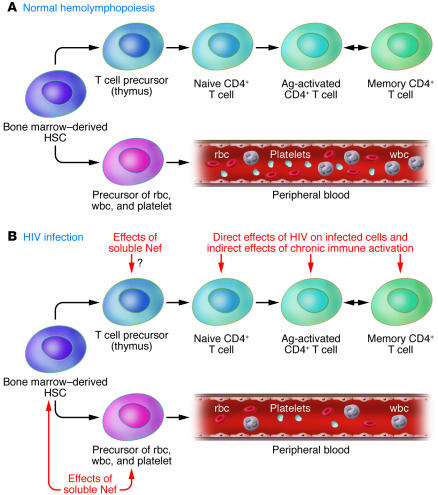Figure 1. Pathogenesis of the hematological abnormalities associated with HIV infection.
(A) Schematic demonstrating how bone marrow–derived HSCs develop into precursors of the three main blood cell lineages (erythroid cells, myeloid cells, and platelets) as well as into the T cell precursors that will mature in the thymus and create the pool of circulating naive and memory CD4+ T cells. Ag, antigen. (B) Schematic demonstrating how the soluble viral accessory protein Nef may affect the ability of HSCs to maintain normal levels of peripheral blood cells, based on the new findings of Prost and coworkers reported in this issue of the JCI (14). In addition, Nef may decrease the production of T cell precursors, thus contributing to the peripheral CD4+ T cell depletion observed in HIV-infected individuals that is caused by both the direct effects of HIV on infected cells and the indirect effects of chronic immune activation.

